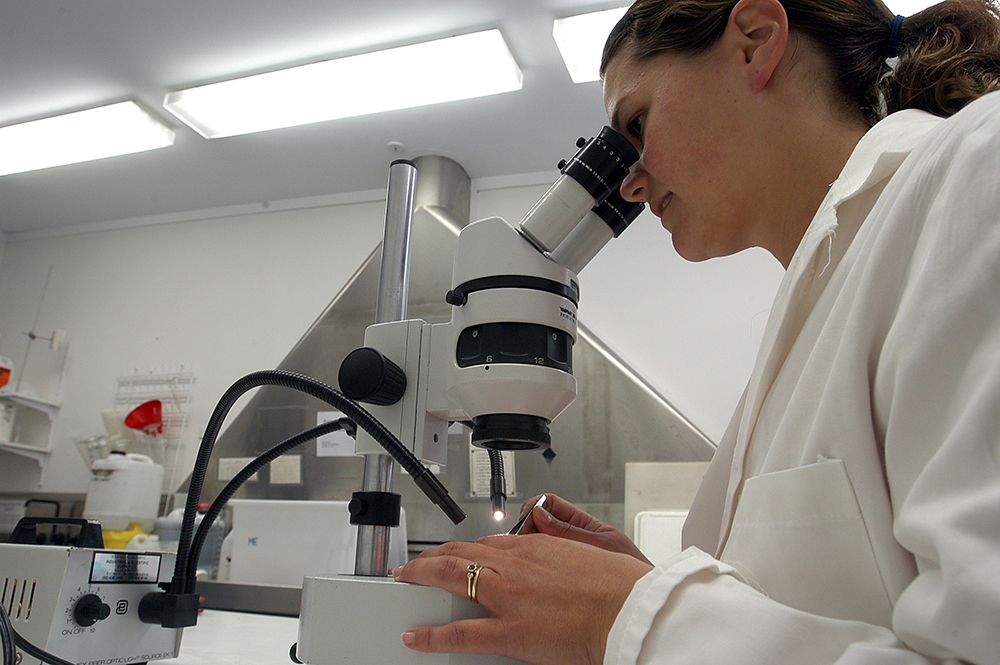Mining and mineral processing
Tasmania's mining, exploration, and minerals processing industry is a key pillar of our economy.
It supports more than 5 100 direct jobs, contributes more than 51 per cent of our state's exports, and produces product with a value of more than $2 billion each year.
We have mining and processing operations powered by renewable energy and a culture that brings together new ideas, safety, technological innovation, and a commitment to environmental sustainability.
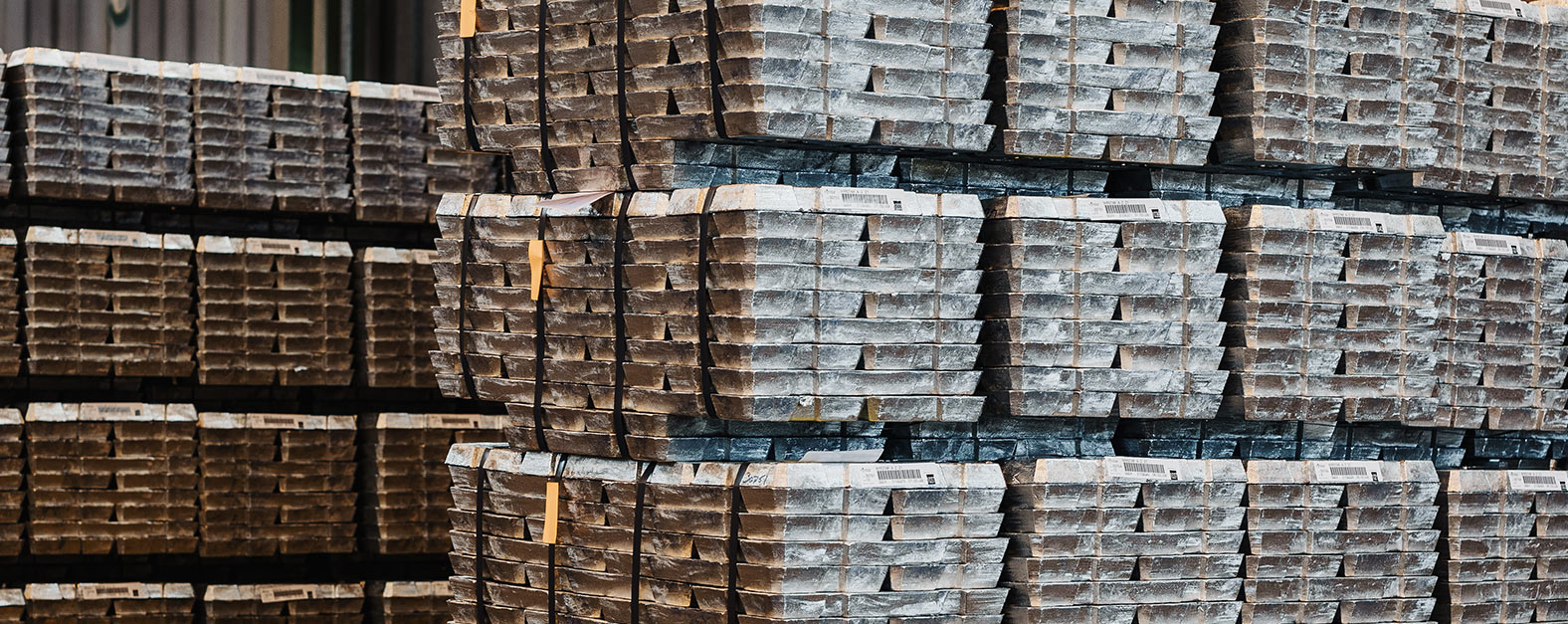
Geological diversity
Tasmania is known for its geological diversity and abundance of rich and high-grade mineral deposits, with many opportunities for the exploration, extraction and downstream processing of mineral resources.
Minerals that are currently extracted include copper, silver, gold, tin, lead, zinc, iron, tungsten and ultra-high purity silica. Rio Tinto, Nyrstar, China Minmetals, Jiangsu Shagang, LafargeHolcim and Graymont are some of the international companies that operate in Tasmania.
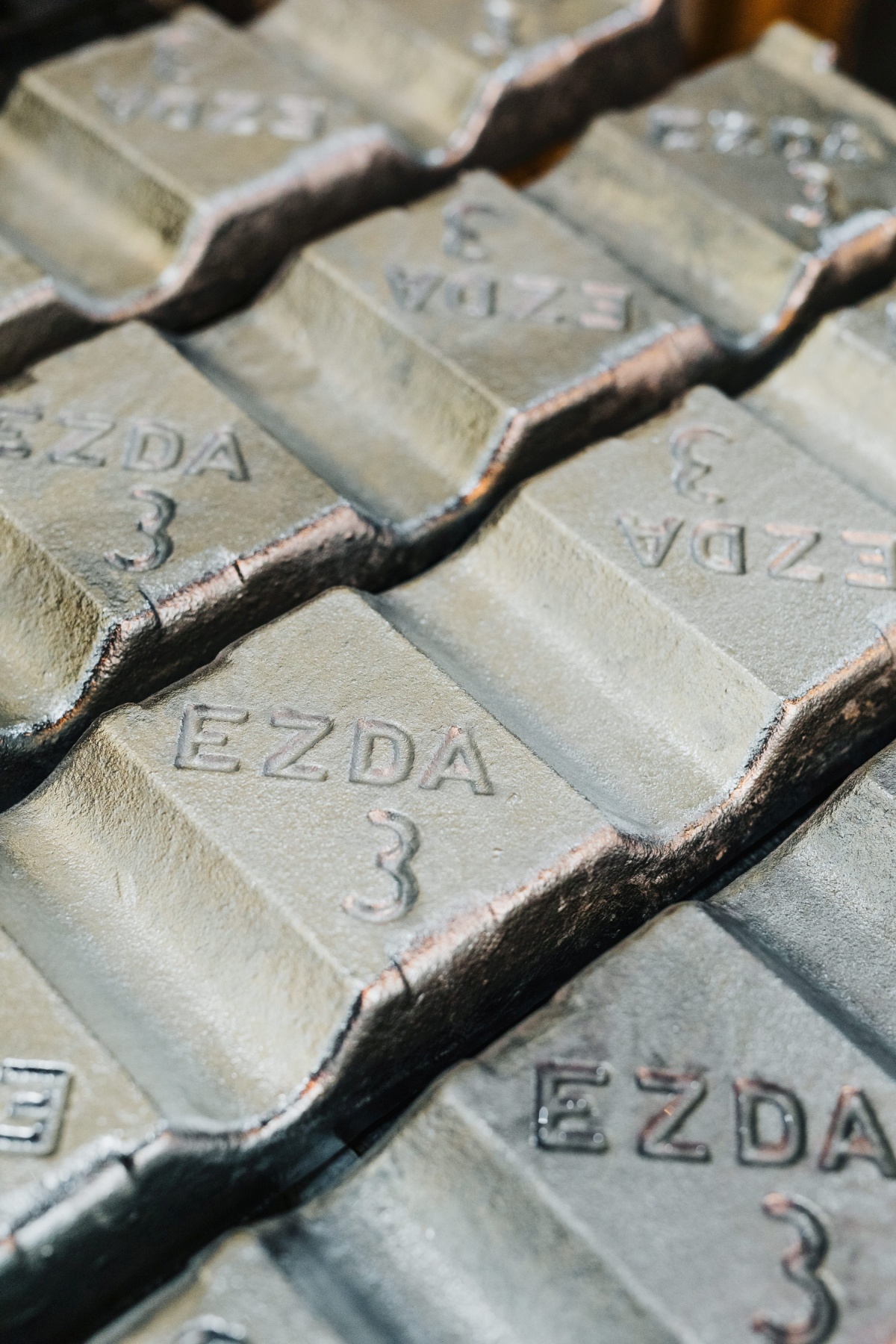
Port access
Tasmania has high-quality port facilities offering access to worldwide markets. Covering all areas of the state, ports are located in Burnie, Devonport, Bell Bay, Hobart and Port Latta
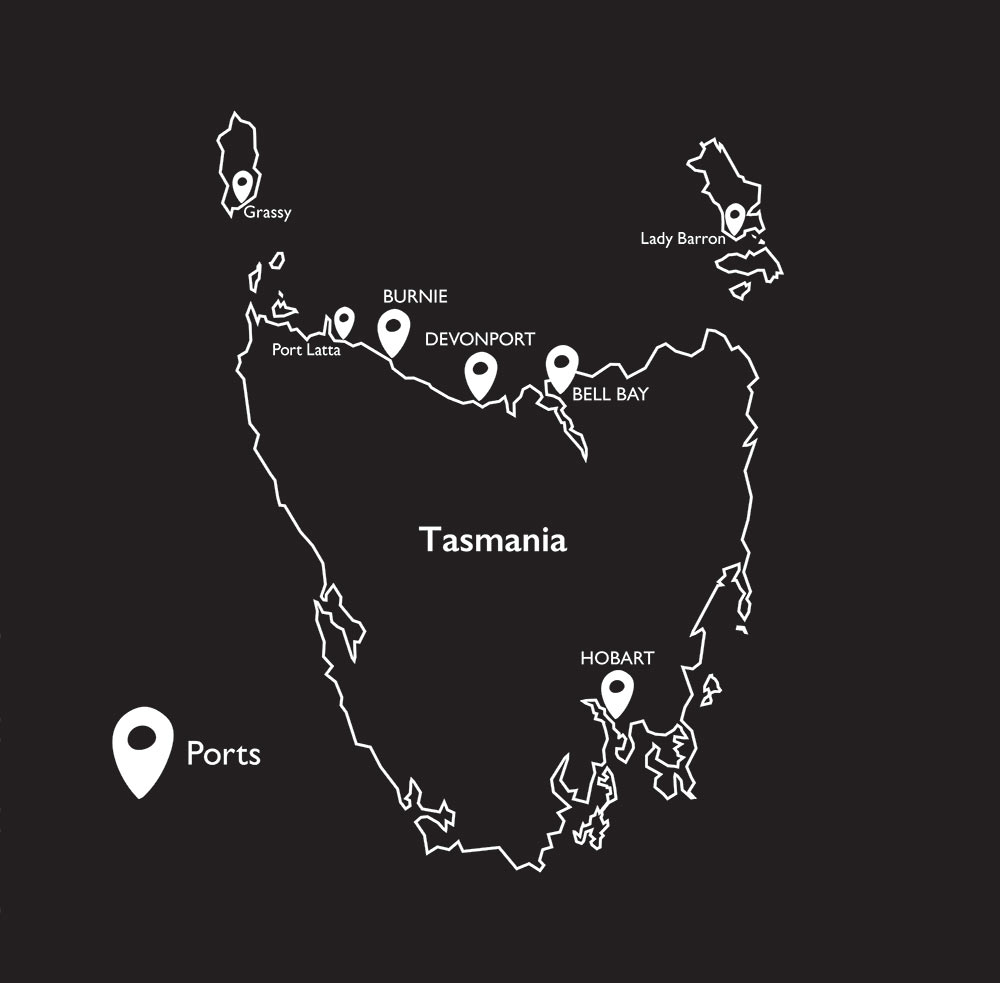
Renewable electricity generation
Tasmanian is Australia’s leader in renewable energy. We are in the in the enviable position of having a supply of renewable energy that meets the all of the state’s energy demands, including supporting mining and mineral processing.
As a state, Tasmania is 100 per cent renewable and has legislated an ambitious Renewable Energy Target to double our electricity generation to 200 per cent by 2040. We offer reliable renewable energy for businesses that are serious about achieving real sustainability targets.
Tasmania also has enormous untapped potential in the area of renewable bioenergy.
In recognition of this, the Tasmanian Government has committed to and funded the development of a bioenergy vision for Tasmania, which will help make Tasmania a world leader in bioenergy investment and development.

Assistance for exploration, geoscience data and drilling
There are ongoing initiatives providing new environmental, geophysical, and geological data and support for greenfield exploration drilling to underpin the next generation of mineral exploration and discoveries in Tasmania.
These initiatives contribute to the development of 3D geological models. Tasmania’s existing 3D geological model is being supplemented by new, more detailed models focused on areas of high prospectivity to assist with exploration targeting at depths of up to 1 000 metres below the surface.
The exploration sector is also supported by the competitive Exploration Drilling Grant Initiative (EDGI) which provides co-funding to support Greenfield exploration drilling, and the Mining Sector Innovation Initiative, which funds research into the re-processing of waste tailings and improving environmental outcomes on current, future and legacy mine sites.
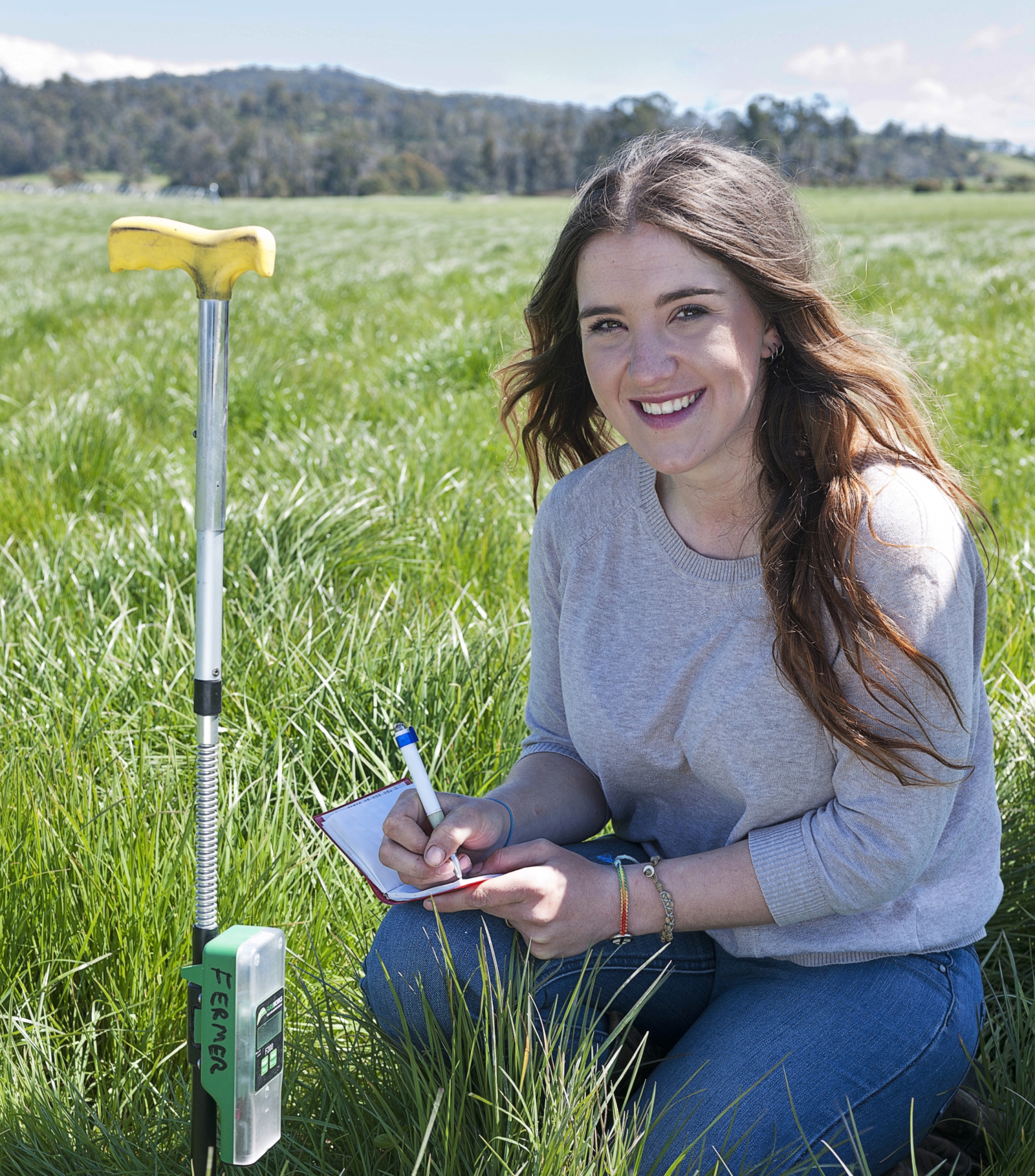
Research and development
The Centre for Ore Deposit and Earth Sciences (CODES) is based at the University of Tasmania and is widely regarded as a global leader in ore deposit research and teaching.
CODES has a strong and long-standing reputation for delivering high quality research outcomes of direct relevance to the mining industry.
Highly productive worldwide collaborations have been developed with almost 50 industry companies, along with a host of joint research initiatives across more than 130 institutions and universities. CODES currently has major research projects spanning 28 countries.
